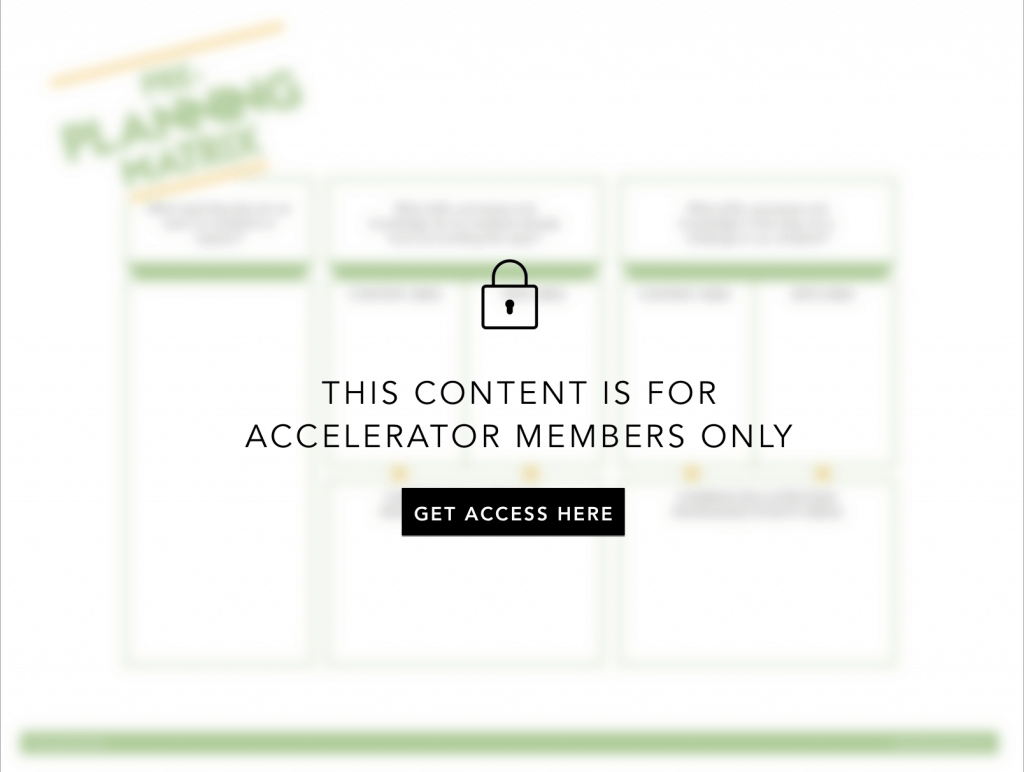Collaborative Planning Framework
2 Min Read • Planning
The purpose of collaborative planning in arts integration is to work together across content and arts areas in order to analyze student strengths and challenges. It can also help to develop arts-integrated lessons which address both areas equitably.
This means that educators from both the content-area/grade-level classroom and the arts educator(s) must be present. They must come to the planning table ready to provide insights and possible suggestions for an integrated unit or lesson. This can be a challenge when there’s little to no context prior to your planning time.
SETTING UP COLLABORATIVE PLANNING
The possibilities for how to set-up collaborative planning are endless. The most ideal situation would be dedicated planning time when both educators can work together face-to-face. But there are other options that can be used to supplement or support this model. Especially due to time-constraints, schedules and staffing, the ideal situation is not always feasible.
If this is a scenario you face, alternatives could be answering the framework questions or standard alignments through email or in an online community (such as Blackboard, Google Docs, etc). This frontloaded planning can help to save time when you are able to meet face-to-face.
We provide the Pre-Planning and Collaborative Planning Matrices to our Accelerator Members. But I’ll walk you through the process of how you can use these yourself.
PRE-PLANNING MATRIX
Start by filling out the pre-planning matrix individually. That means that the content teacher and the arts teacher should complete this before coming to the actual collaborative planning meeting. Agree on a single theme, like “transformation” prior to getting started. Move from left to right to help you begin to focus on your specific topic for an arts-integrated unit/lesson. Be sure to think about each question from your content perspective. This gives you a clear understanding on what you can bring to the collaborative planning process.
COLLABORATIVE PLANNING
After completing the pre-planning matrix, then it’s time to come together at the collaborative planning table. Now you can compare your notes with each other, as well as identify any common themes, skills or processes that emerged from your brainstorm. Use that analysis to determine what lesson/unit you will plan, what standards you will align, and the assessments you will use. If at all possible, do this face-to-face.
LESSON DESIGN AND IMPLEMENTATION
Now you’re ready to use your collaborative planning matrix to design your lesson. Fill in each of the components, implement the lesson (either together or in the classroom) and use the assessments to drive your next pre-planning session.
This simple framework can save you significant time when it comes to creating arts integration and STEAM lessons. By making the most of the time you have together, you free yourselves up to be infinitely more creative in the process.



